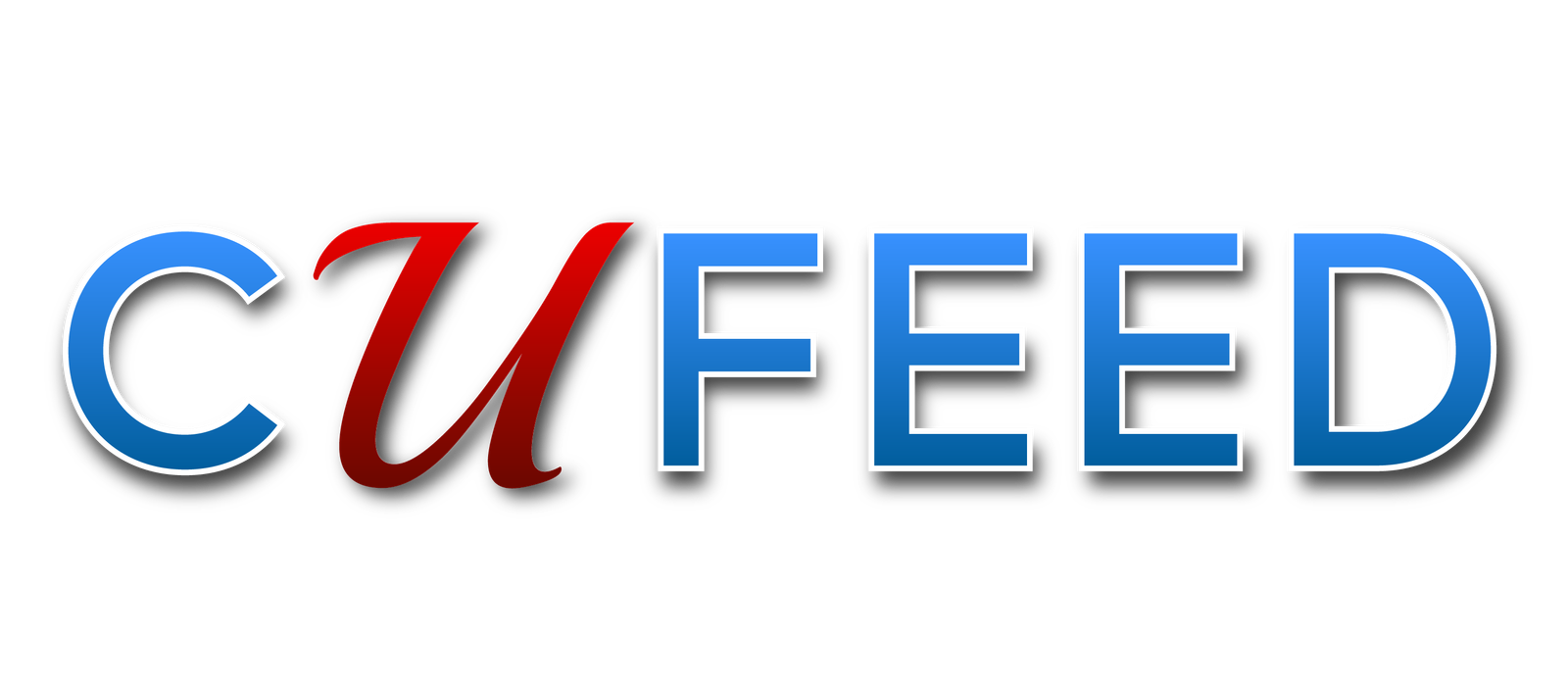Synth Relaunches With a Renewed Focus on Asynchronous Audio Conversations
[ad_1]

This week Synth released an updated user interface and a renewed focus on helping teachers and students engage in asynchronous audio conversations. In this post I’ll provide an overview of what Synth does, what has been updated in its user interface, what’s still the same, and how Synth can be used by teachers.
What is Synth?
Synth is a free service designed for teachers and students to record spoken audio. People can listen to the audio recordings and respond with audio recordings of their own. Listeners can also respond to each other’s responses. A simple example of this is a teacher starting a conversation with one audio recording about a news story then students respond with audio comments. Classmates and the teacher can then respond to those responses.
What’s New in Synth?
The original version of Synth limited recordings to 256 seconds (an odd choice of time limit). The current version allows recording for up to thirty minutes. You can stop and start midstream while recording. In other words, you don’t have to record everything as a stream of consciousness rambling.
In your Synth account you can now create channels. Channels in Synth let you organize your recordings according to topics, themese, or any other criteria of your choosing. You can invite people to join your channel so that they can respond to any new recording that you publish. You invite people to your channel by providing them with an channel invitation code similar to the way that Google Classroom uses invitation codes.
All responses to Synth recordings are held for moderation. That is now the default setting for all channels. Additionally, you can now restrict listening to only people who have logged into a Synth account.
What’s the Same in Synth?
It is still possible to make all of your recordings public. Recordings can still be downloaded from your channel if you want to do that. The focus of Synth is still on making it easy for people to have asynchronous audio conversations and to that end Synth is still really easy to use. Watch my new video overview of Synth to see how easy it is to record and publish audio. My video provides a teacher’s perspective and a student’s perspective of using Synth.
Applications for Education
Swivl, the producers of Synth, published a lengthy article detailing nine ways for teachers to use Synth with students. Some of the highlights from that article include using Synth for audio exit tickets, creating audio newsletters, and hosting book talks.
My social studies teacher brain went right to using Synth for moderated discussion of current news events. I’d probably do something like assign students the job of sharing one story and their thoughts about it each week. I’d also put in a requirement to respond to a classmate’s story and commentary. Then at the end of the week I might have a whole class discussion about the story that got the most comments.
Read More

